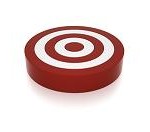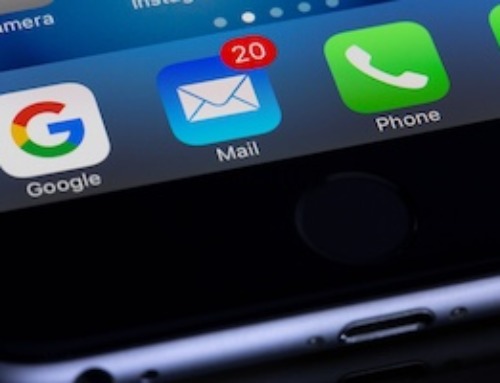Not only was Trigger the name of Roy Roger’s trusty steed, a horse with a lot of tricks up his sleeve. It’s a key word for email marketers in 2012 as well…and it might be a trick you want to keep up your sleeve for improving ROI in the year ahead.
We all know about overcrowded inboxes, email-weary consumers, and overzealous marketing that sends emails far too often. The answer is to send fewer emails by using triggered emails instead.
Does that sound counter intuitive? Probably. But then our emphasis on building quality in-house email lists over quantity lists does too, yet it’s email marketing best practices to do so.
In reality, sending less by triggering more might not mean fewer emails sent. But it will mean more targeted emails because each one sent will be triggered by the consumer based on an action or an event. In comparison, plain old sending can look like old fashioned batch-and-blast because those messages are going out to a group based on the marketer’s needs or schedule, not the user’s actions.
By their very nature, event-based emails are extremely targeted and relevant. Whether the email is sent as a confirmation of a purchase, a welcome after a subscribe, a reminder about a renewal or a follow-up after abandoning a shopping cart, these email messages speak directly to the recipient in a way a general “send” can not.
If the relevancy argument doesn’t sway you, consider the potential ROI. These kinds of targeted triggered emails have a higher open rate which usually translates to higher ROI: The more emails opened, the more potential for action on the part of the recipient.
Your sends will never cease. Emails such as newsletters or promotions still have their place in your email marketing program. But cutting back on the big batches and focusing resources on the triggered type will definitely benefit your email marketing bottom line…and your customers too.




